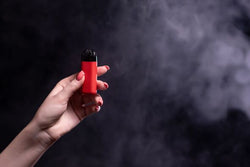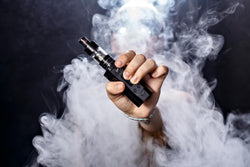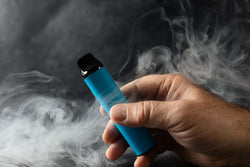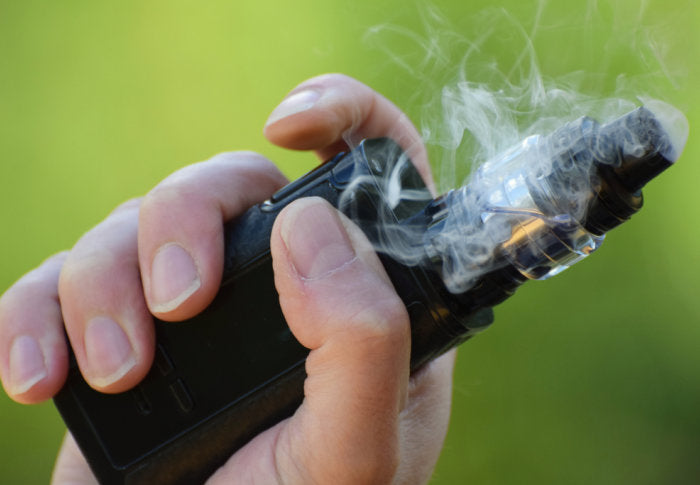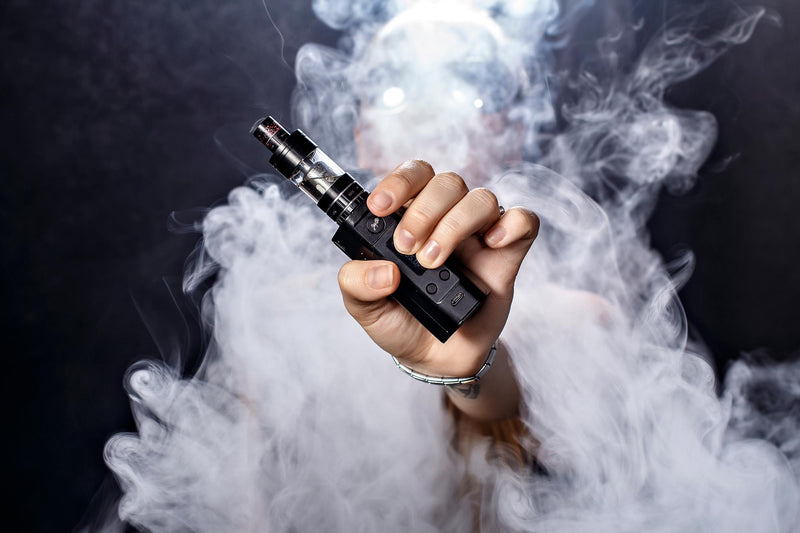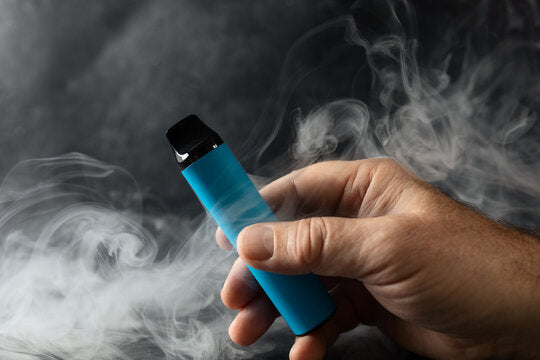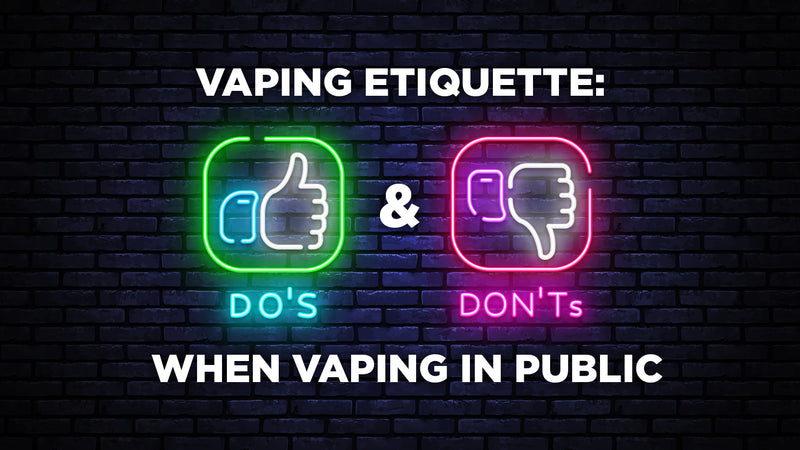

Have you seen the "TFN" or "TFN Nicotine" logo on an e-liquid bottle lately?
If you think the answer to that question is no, take a closer look at the vape juice you are currently using. There's a good chance that the e-liquid formula and label design has recently changed, and the changes may have been so subtle that you didn't even notice. The abbreviation "TFN" stands for "tobacco-nicotine-free". In other words, the nicotine in e-liquid you use today isn't tobacco, it's synthesized in a lab—and if you're not already using synthetic nicotine, you probably will be soon. Without a doubt, synthetic nicotine will be the biggest e-liquid trend of 2022. By the end of the year, most likely the majority of vape juices on the market will be TFN nicotine
So, what is synthetic nicotine?
Why is synthetic nicotine vape juice so important in 2022 and how will it affect your vaping experience? These are the things we will cover in this article. But first, let's take a closer look at where nicotine traditionally comes from.
Where does nicotine come from?
To understand what synthetic nicotine is and why it is important to the vaping industry and your personal experience as a vaper, you must first understand where the nicotine in e-liquid traditionally comes from. Until recently, tobacco was the source of nicotine in all e-liquids and all nicotine replacement products such as lozenges, gums and patches. The special type of nicotine used by most e-liquid manufacturers in the world is manufactured according to pharmaceutical industry standards and has a purity of more than 99%. In other words, it consists essentially of nothing but an isolated nicotine molecule and has no detectable contamination or residual solvents. There are many accepted methods for extracting nicotine from tobacco, although most methods involve the use of solvents such as ammonia, petroleum ether, and ethanol. Vapor distillation of nicotine is also possible, but solvent-based extraction is more popular due to lower costs. Separating the nicotine solvent from tobacco is quite simple. A tobacconist grinds tobacco leaves into a powder and mixes the powder with a solvent to form a slurry. The plant material is filtered from the mixture. The nicotine is then separated by evaporation, in which the nicotine is distilled from the solvent or vice versa.
What is synthetic nicotine?
Although the easiest and cheapest way to obtain nicotine is to extract it from tobacco leaves, the same molecule can also be obtained through a chemical reaction. The basic idea here is to take a molecule that can act as a precursor to nicotine and combine the molecule with a catalyst that reacts with the precursor to form nicotine. Synthesizing nicotine in the laboratory is significantly more expensive than extracting it from tobacco leaves. However, synthetic nicotine is in high demand in the vaping industry, and labs have improved their production methods as a result. Between the improved efficiency and the demand for very large quantities, the switch to synthetic nicotine has not really affected the consumer prices of e-liquids. Ethyl nicotinate is an ester of nicotinic acid, also known as vitamin B3 or niacin. Ethyl nicotinate can be converted to nicotine through a number of chemical reactions and is only one way to create synthetic nicotine. Since the exact method of creating synthetic nicotine in a given e-liquid product is transparent to the end user, it is likely that many different methods will continue to be used as long as the patents on these methods are valid. Are there other natural sources of smokeless nicotine? Nowadays, the term "smokeless nicotine" always means synthetic nicotine. But as you know, tobacco is not the only plant that contains nicotine. Eggplants, potatoes and tomatoes also contain nicotine. However, the problem with using these plants as a source of nicotine is that their nicotine content is too low to be used in commercial products. Does Synthetic Nicotine E-Liquid Taste or Feel Different? As we mentioned at the beginning of this article, chances are your favorite e-liquid brand has already switched from tobacco-based nicotine to synthetic nicotine this year and you didn't even notice. This is because true pharmaceutical grade nicotine is already over 99% pure. Synthetic nicotine is the same molecule and has a similar purity to pharmaceutical grade tobacco nicotine; it is only obtained in a different way.
How to buy synthetic nicotine E-liquid?
At the time of writing, the largest suppliers of synthetic nicotine are located in the United States and Europe. If you live in one of these areas, there's a good chance your favorite e-liquid manufacturers already use synthetic nicotine—and if they don't use TFN nicotine, they probably will soon. All you have to do to find TFN e-liquid is browse the selection at your favorite online store or local vape shop. If a particular brand uses synthetic nicotine in its products, you will likely see one of the following on the company's product label:
Synthetic nicotine
Nicotine without tobacco
TFN
Typically, an e-liquid brand that has switched to synthetic nicotine will want to advertise this fact to their customers. The presence of TFN nicotine is generally desirable for consumers who want to distance themselves from tobacco products as much as possible. The switch from tobacco-derived nicotine to synthetic nicotine is also a significant investment for the e-liquid brand, as it is not just a reconfiguration of the company's production lines. synthetic nicotine also costs more than tobacco-derived nicotine. E-liquid companies have a strong incentive to inform customers about their investments to improve their products.



